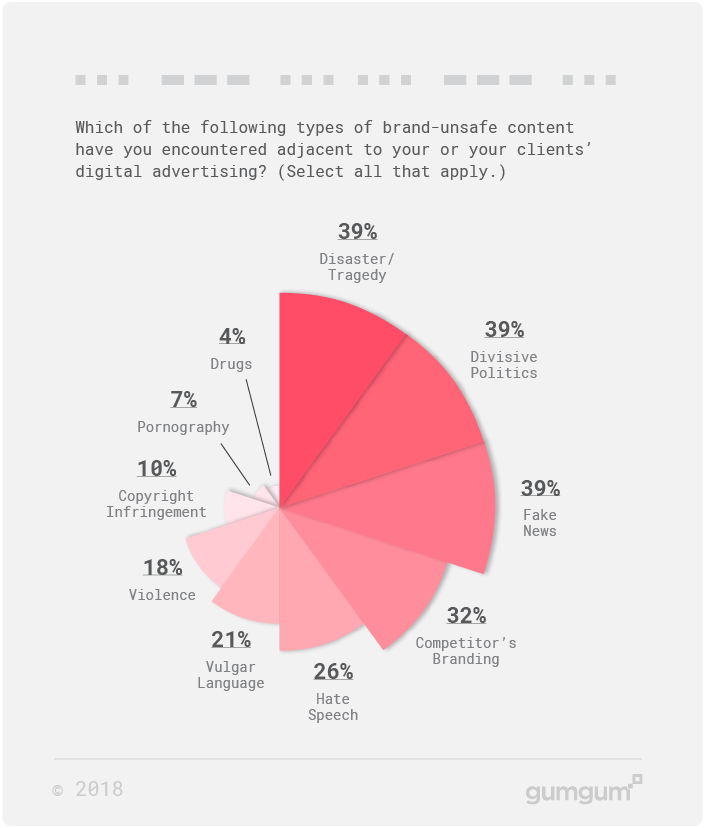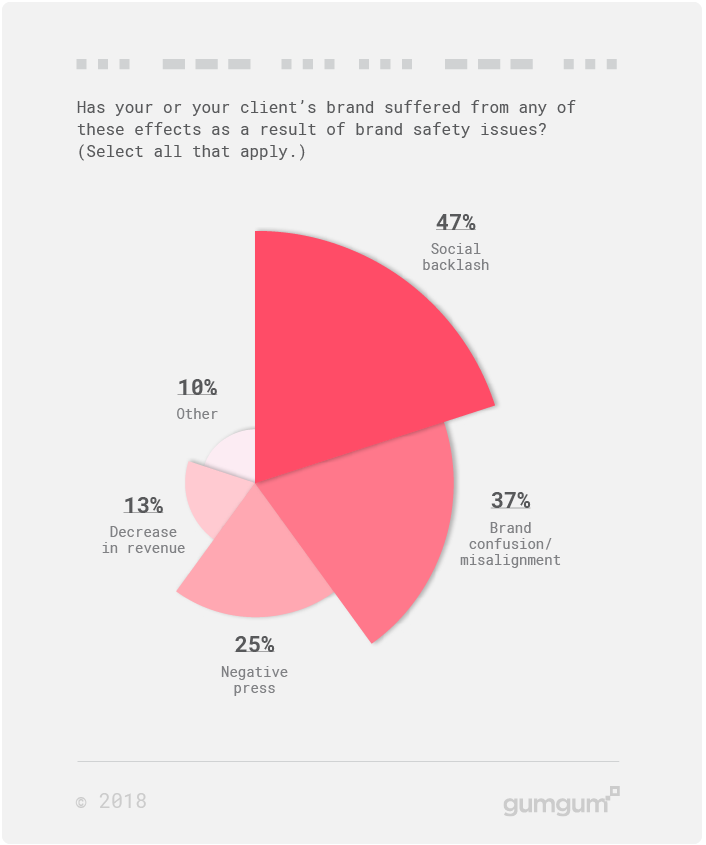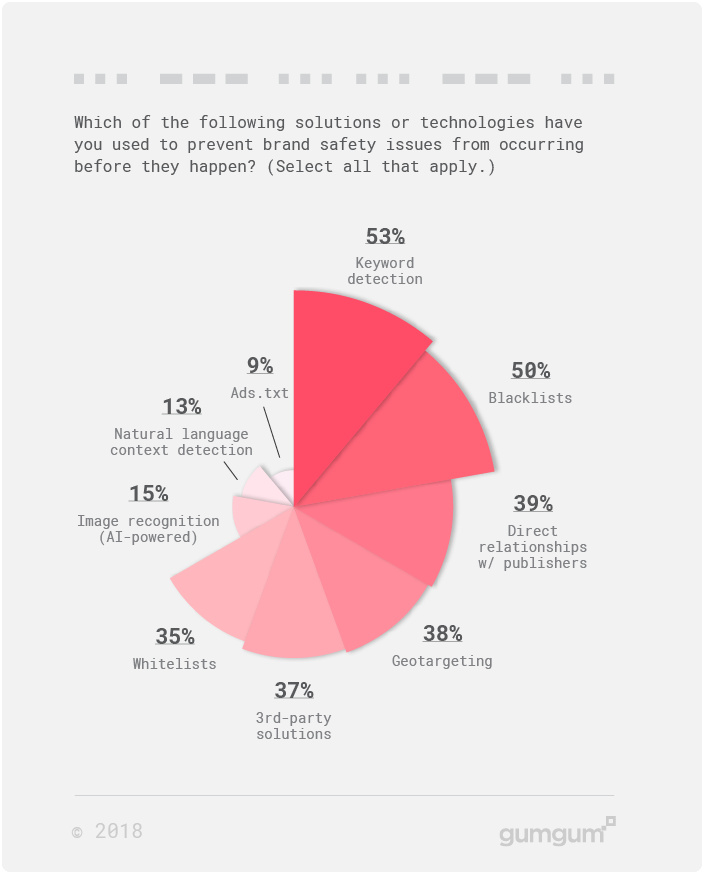‘In one fell swoop:’ 75 percent of advertisers say they’ve been endangered by risky content

YouTube star Logan Paul. Pizza magnate John Schatter. Fox News provocateur Sean Hannity. Brands looking for safe harbor have had a tough time finding it in this multimedia landscape.
Most recently, YouTube put Paul’s Red projects on hold and axed him from its top-tier Google Preferred ad program after one of his videos featured the body of a man who committed suicide. No ads ran against the video, which got six million views before it was pulled from the platform, but YouTube’s action shows that it at least wants to be seen as taking brand safety—not to mention viewer safety—more seriously.
Brand safety, once shorthand for making sure your banner ad isn’t served alongside vulgar content, has become one of digital media’s most pressing issues. Brands are more concerned than ever with how they are perceived online, while platforms struggle with how to police user-generated content and digital publishers balance news coverage and advertiser interests.
“Of all the concerns within the digital media supply chain, brand safety may be the most pressing,” says Bob Liodice, chief executive officer of the ANA. Marketers spend years and millions of dollars building a reputation with its customers. “In one fell swoop, that reputation, that equity, that loyalty could be damaged or severely disrupted.”
To gain more insight into this matter, we partnered with Digiday Media to survey 300 industry executives about how brands, publishers, and platforms can mitigate their risks — and adequately deal with potential fall out.
To get the full results, download our report on brand safety, “The New Brand Safety Crisis.”
What we found: A brand safety crisis can have serious effects, but preventative measures are available.
If you’re a brand safety survivor, you’re not alone
According to our study, an alarming 75 percent of those surveyed reported at least one brand-unsafe exposure, any one of which could potentially lead to loss of revenue. Despite this high number, however, 15 percent of brands still do not use brand safety protection.
Brand risks are front page news
When asked about their biggest brand safety concerns, survey respondents named hate speech, pornography, and violence as prominent perceived risk factors. But when asked what hazards their brands have actually encountered recently, bad news and divisive politics were frequently mentioned.

You may experience brand confusion
When a brand has spent time and money building relationships with consumers who support and share their message, an incident of unfortunate association that opposes a brand’s moral alignment can be a devastating blow. Thirty-seven percent of marketers polled say that this has been a problem for their brands.

Prevention is possible
Savvy agencies and their brands use a combination of protective measures to prevent unwanted brand associations. 53 percent of brands surveyed use keyword detection to help mitigate risks, a method which allows advertisers to filter out content they don’t want to associate with at the category and article level.

But when it comes to image safety, fewer are employing the right tools. That number is staggering, considering the world is already awash in professional and user-generated images, far more than can be screened by an army of social media managers. AI-powered computer vision uses neural networks to screen millions of images for triggers like nudity, guns, crashes and swastikas.
Currently, just 15 percent of respondents reported using computer vision to scan before placement, while 11 percent said they employ it as corrective technology. Plenty of room for improvement here, especially considering that LDV Capital estimated by 2020 there will be an estimated 45 billion cameras in the world.
For the full results, download the GumGum report to learn:
- How the issue of brand safety has evolved in recent years
- Valuable insight from programmatic experts and advertisers
- The most effective ways to protect your brand against a brand safety incident
More from Digiday

Meta’s Threads expected to have ads this year
The move would make Threads Meta’s latest bit of ad real estate venue just over a year after its launch.

Walmart rolls out a self-serve, supplier-driven insights connectors
The retail giant paired its insights unit Luminate with Walmart Connect to help suppliers optimize for customer consumption, just in time for the holidays, explained the company’s CRO Seth Dallaire.

Mobile esports reaches new heights in 2024 with a boost from Saudi Arabian investment
Mobile esports activity has been picking up gradually since 2021, but 2024 could be one of the most lucrative years yet for the esports teams and players participating in popular mobile games such as “PUBG Mobile” and “Mobile Legends: Bang Bang” (MLBB).





